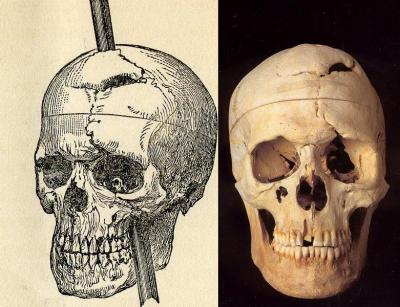The Second Law of Thermodynamics, one of the fundamental principles of physics, dictates that the entropy of an isolated system never decreases over time. If left alone, an isolated system will always progress towards thermodynamic equilibrium: a state of maximum entropy.
These are very long, technical words: what is entropy and why should you care?
Simply put, entropy can be thought of as a marker of how chaotic and disordered a system is. This is a misleading simplification, as entropy actually is more about energy moving from a concentrated state to a more dispersed state, but it is easier to understand this way.
An example would be a hot cup of coffee cooling down. The hot coffee is a concentrated locus of energy. But over time this energy gets dispersed throughout the coffee and into the surrounding (cooler) air and converts the water into steam. Energy slowly disperses out, until the coffee becomes room temperature.
This makes the Second Law of Thermodynamics more relatable. When have you ever seen a cold cup of coffee heat up by itself without any heat source? For that matter, a spilt glass of milk never reassembles itself. Balls sporadically arranged on a pool table will never form an orderly triangle by themselves. A dead person cannot miraculously come back to life. Without external influence, you cannot reverse the entropy of a system.
In a way, you could define life itself as a battle against entropy.
The cells in our body are continuously fighting to preserve order and energy in our body, such as actively pumping salts in and out to maintain concentration gradients, rigorously preserving our body temperature to ensure that enzymes can function optimally and breaking down food to fuel all the processes keeping us alive. If we are left truly isolated (no heat, no food, no oxygen), then entropy will build in our body until we die.
The concept of entropy can be particularly motivating when we consider that entropy doesn’t just apply to physical energy. Our brains are also subject to entropy where, if left alone, it will default to the lowest energy state.
This means that if we don’t pay attention, we will quickly find ourselves mindlessly consuming content, scrolling social media, binging television and procrastinating. It is so easy to waste away the potential energy in our brain if we let entropy have its way.
The best way to counter this is by focussing on a key part of the Second Law of Thermodynamics. It says that entropy never decreases in an “isolated” system. Some things are irreversible, like the inevitable heat death of the universe or our own mortality, but we can enact some change to restore some order to some systems. A cold cup of coffee can be reheated in a microwave. A leaking tire can be patched up and inflated. A spilt glass of milk can be turned back upright and refilled with more milk.
Ergo, we must prevent ourselves from being isolated systems. There are three main ways we can do this.
The first is to stimulate ourselves from external sources, reheating our metaphorical cup of coffee. This includes hobbies and interests, learning new things and expanding your horizons. Our brains are naturally fuelled by curiosity, passion and experiences.
The second is to connect with other people. Healthy social interactions keep us grounded to reality and inspire us to be better versions of ourselves. People can provide us with new knowledge, insights, wisdoms and love.
The last and most important is channelling our own willpower. We must fight against our natural instinct to be lazy by pushing ourselves to get off the couch, to exercise, to work, to create, to produce, to live. This is also the hardest because if it was easy for us to “Just Do It”, we wouldn’t even be discussing how to beat entropy. Therefore, we need to create systems, habits and routines to trick our brain into working and being productive. In no time, you will find yourself auto-adjusting your life to prevent entropic laziness from taking over your life, like homeostasis.
Isaac Asimov’s short story The Last Question tells the story of how even the most powerful supercomputer in the cosmos cannot answer the question of how we can meaningfully reverse entropy in the universe. But turns out we can reverse the entropy of our brain and it is damn well worth the effort.





















